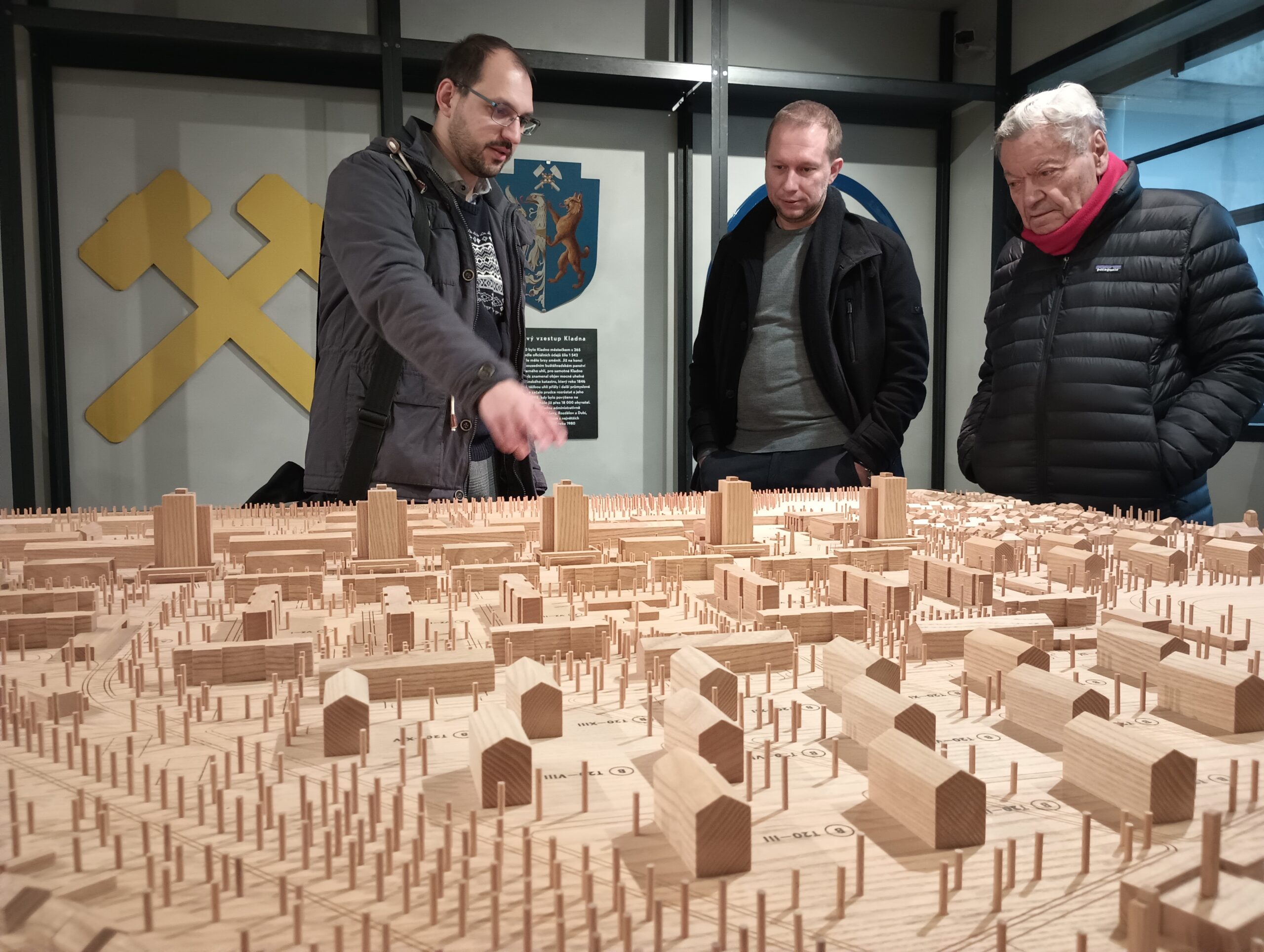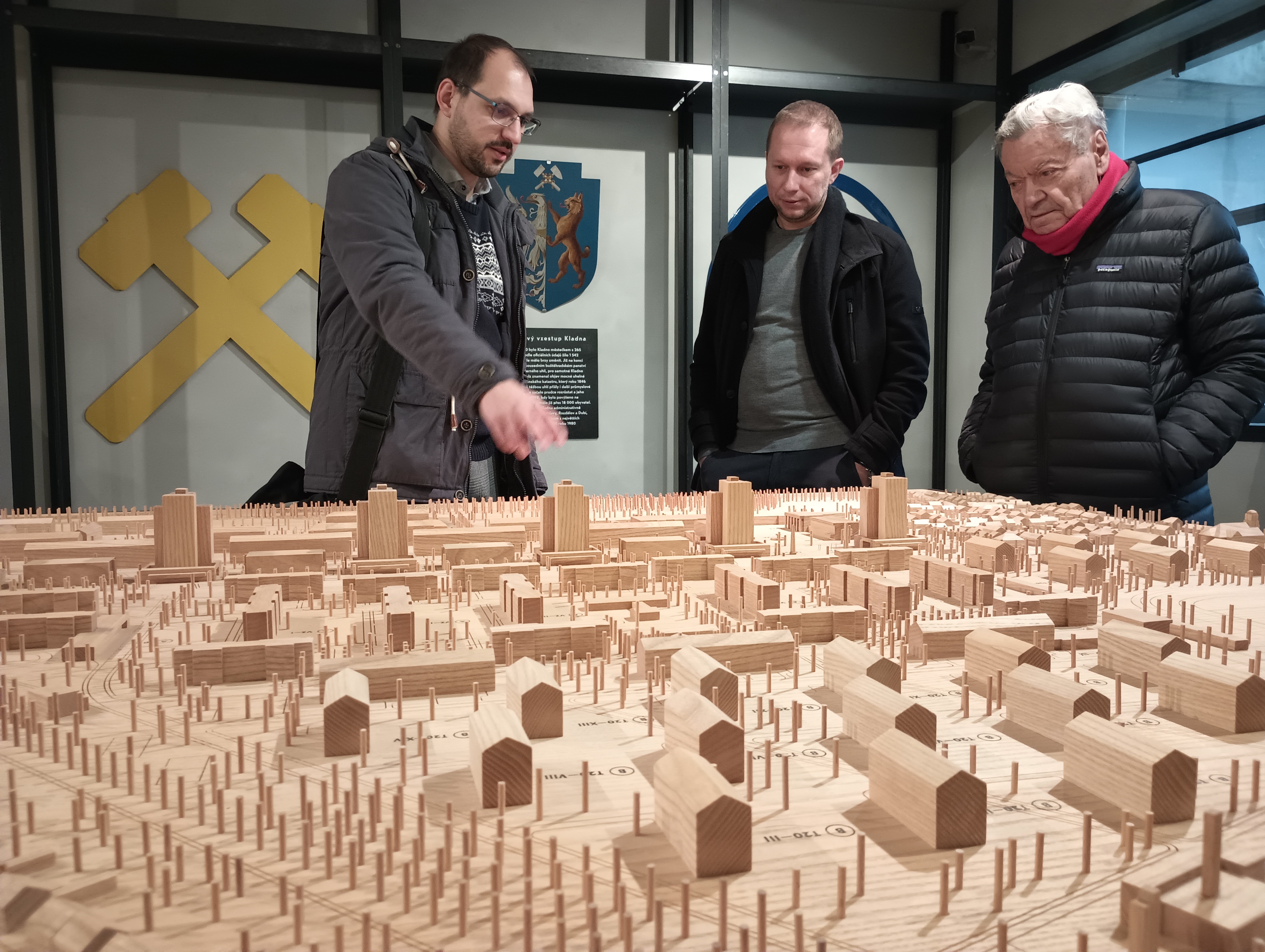Physical Address
304 North Cardinal St.
Dorchester Center, MA 02124
Physical Address
304 North Cardinal St.
Dorchester Center, MA 02124

Most master plans are a costly effort by a team of temporary consultants, spread over two to three years, to prepare a blueprint that is usually obsolete as soon as it is completed.
This article appeared originally in Caos Planejadoand is reprinted here with the publisher’s permission.
Master plans for cities had two original objectives: first, to coordinate investments between various city departments, and second, to inform and allow public participation in proposed urban investments and land use regulations.
The objective of the first city plans in ancient Greece—much like New York City’s Commissioners’ Plan of 1811, L’Enfant’s grand plan for Washington, and Cerdà’s layout of Barcelona—was to create clear boundaries between private lots and public spaces, like streets, parks, and public buildings. They were not master plans in the modern sense, as they didn’t define how private lots were to be developed or restrict their use. The public hotly debated these plans, because they showed how much land would be subtracted from private properties to accommodate these public spaces.
The master plan for the city of Brasilia, the capital of Brasil, was probably the first one to provide a complete blueprint that included not only roads, parks, and public buildings but also housing and commercial areas, all designed in detail. After the Second World War, the national governments of most countries imposed on major cities the obligation of preparing decennial master plans. These plans took more of their inspiration from the Soviet Union’s five-year plans than from the street layouts created by L’Enfant and Cerdá. In the last century, the drawbacks of such heavy-handed top-down planning have become more apparent, but many world cities must still prepare a master plan at regular intervals. In Brazil, cities of more than 20,000 people have to prepare a plan every ten years, with periodic updates. The concept of the modern master plan rests on a misunderstanding of the nature of cities. Cities, except for Brasilia and other new capitals created on a tabula rasa, are not just enormous, static buildings that planners and architects must design in detail before their construction. Modern cities are like dynamic, living organisms, built mainly through the talent, creativity, and enterprising spirit of their inhabitants and firms. They continually respond to market constraints and external shocks like conflicts, inflation, technological changes, or, lately, pandemics and the emergence of remote work. The flexibility and agility required to respond to unpredictable shocks in real time are ill-served by a detailed master plan prepared once every decade.

Municipal government remains essential, but it should support the innovations of entrepreneurs and households as they adapt to evolving conditions. The government should not direct change, but rather provide the primary infrastructure that allows rapid communication between different parts of expanding cities; ensure universal access to social services like justice, education, and health; monitor the quality of the environment; and regulate nuisances.
The flexibility and agility required to respond to regularly occurring but unpredictable external shocks are ill-served by a detailed blueprint prepared once every ten years in the form of a master plan.
To do this work, municipal governments require strong, well-staffed planning departments. Planners should monitor their city’s demographic and economic development at least quarterly. This monitoring should include indicators reflecting land and housing prices and the commuting times of various neighborhood and income groups. Planners should also develop indicators reflecting the performance of social services’ housing affordability, and the city’s environmental quality. Elected officials should establish the minimum or maximum indicator values that trigger urgent municipal action and require priority investments.
I am not proposing that technocrats run cities. On the contrary, the selection of municipal priorities has to rest with strong mayors and city councils; there is no scientific way to choose the priorities of a city constrained by tight municipal budgets. Municipal investment priorities and who will pay for them through taxes are decisions that must be made through transparent political processes. However, political action plans and implementation strategies should be supported by a well-equipped, competent planning staff that has access to real-time urban data.
This proposal contrasts sharply with the way master plans are currently used. Most master plans are a costly effort by a team of temporary consultants, spread over two to three years, to prepare a blueprint that is usually obsolete as soon as it is completed.
Traditional master plans are necessarily top-down, even when city planners claim to have conducted fair public hearings. Master planning adequate to the rigorous demands of modern cities must be reimagined as a set of tools that supports innovative growth by providing accurate, up-to-date monitoring and reporting. A well-informed public can better participate in decision-making by having access to clear indicators that show how the city performs over time under different strategies and political leaderships.